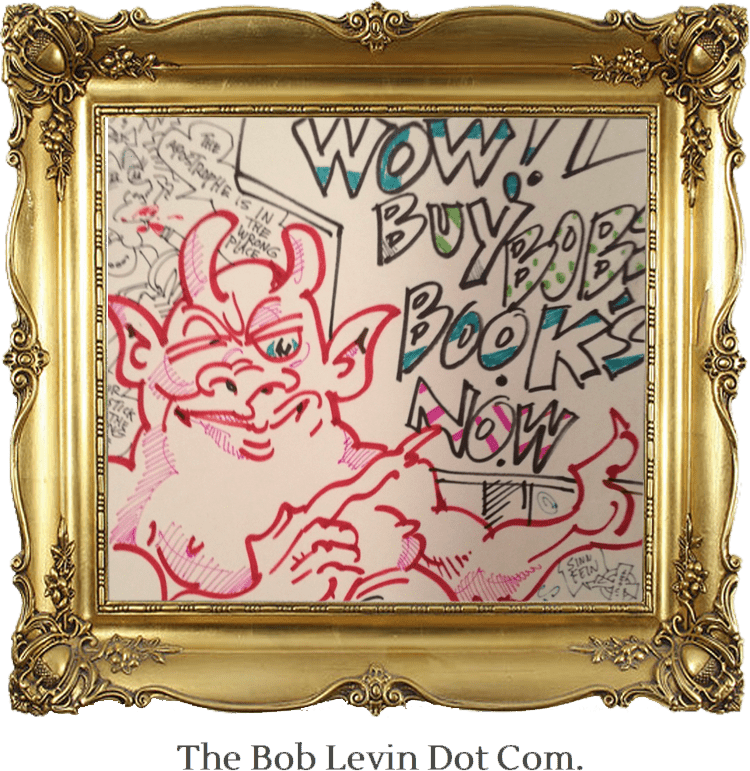But before I get to the evidence…
I’d mentioned dropping “Case Closed’ from my line-up because of its incompatibility with – and disparagement by – its more completely researched partner, “Reclaiming History.” I’ve now subbed in John McAdams’s “JFK Assassination Logic” (306 pp. 2011). McAdams, a poly sci professor and self-described “debunker” at Marquette, currently under suspension because of… Well, that’s another story. His book focuses on the fallacies in the reasoning of conspiracy theorists. (It mentions Douglass and Posner four times. It mentions neither Talbot nor, more interestingly, Bugliosi, whose ground it seems to track.)
I had hoped to balance McAdams with “False Mystery,” a collection of essays by Vincent Salandria, an ex-attorney and history teacher, who is the doyen of the Philadelphia School of Conspiracy Theorists, but A Libris had no copies. I settled for a speech he gave in 1998 to the Coalition on Political Assassinations, which, augmented by hyperlinks and endnotes, some as recent as 2013, prints out at 48 pp. Salandria says that, within two days of the assassination, he had determined Oswald was “a possible intelligence agent and patsy.” (If this judgment seems rushed, it was arrived at a day longer than it took Salandria to inform his 8th grade math class, in 1941, that Roosevelt had lied about Pearl Harbor being a “sneak attack” in order to thrust the country into war.) Salandria was among the Warren Report’s earliest critics, and this speech sets out what I take to be his main objections to its reasoning. (The endnotes to the “argument” portion cite 25 references, none of which are Bugliosi, McAdams, Posner, or Talbot. Six are his own works; four are Douglass’s; and eight are friends or followers of Salandria’s who share his belief.)
Which is that our national security state killed Kennedy. (Salandria considers Douglass’s the best book written about the assassination, and Douglass had dedicated his book to Salandria.) Salandria accuses, among others, McGeorge Bundy, Allen Dulles, Nicholas Katzenbach, Henry Luce, Arlen Specter, and Earl Warren of criminally conspiring to cover up the killing and blame it on Oswald. (Some may wonder at the success of this cover up, since, when the Warren report was issued, 68.4% of the public thought Oswald acted alone. Over the last several decades, somewhere between 60 and 85% report believing the opposite.) The conspirators’ aim was to undermine the American’s public’s faith in government, so it would not take politics seriously. He calls for an understanding of what happened in order to “organize the struggle through which we can make this country a civilian republic in more than name only.”
